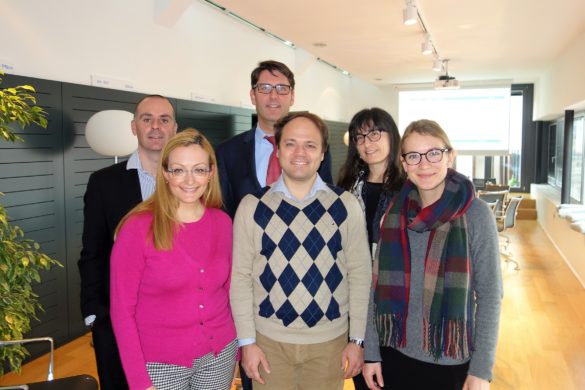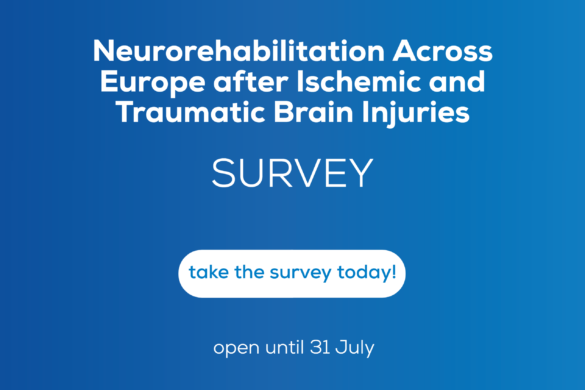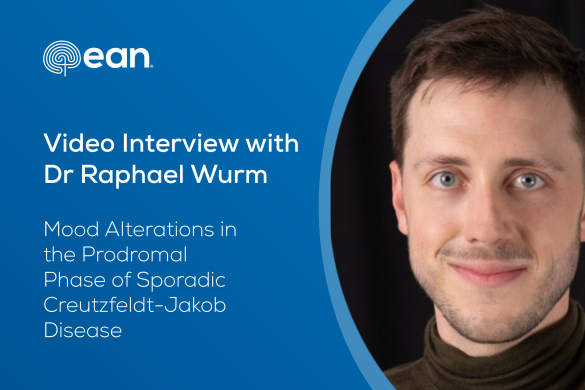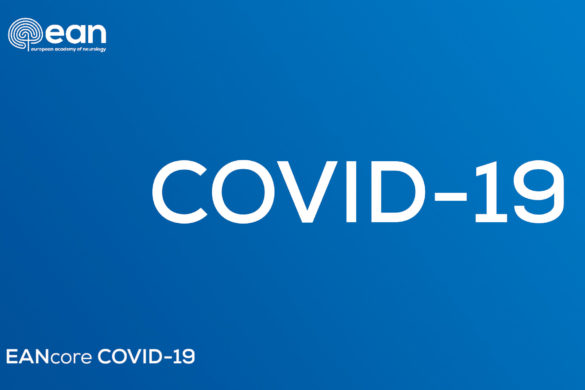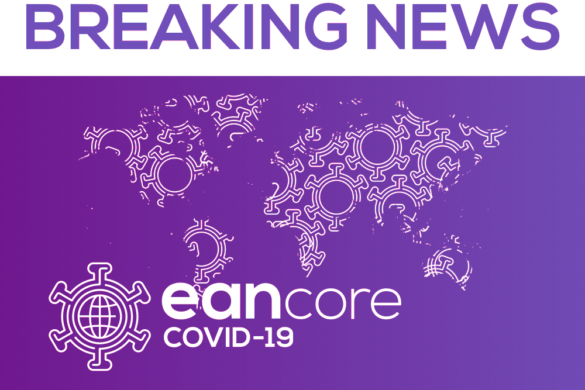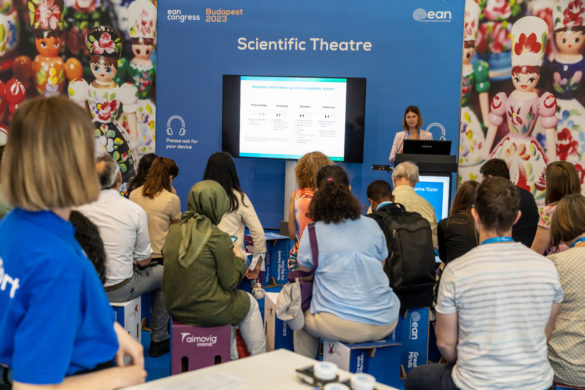EAN Scientific Panel Neuro-oncology invites you to take part in their survey:
Meningeomas and brain tumors may interfere with the ability to drive a vehicle in a number of ways. Seizures, cognitive impairment, motor dysfunction and visual field defects may all impair safe driving. Intracranial tumors are highly heterogenous, ranging from benign meningeomas that nevertheless may cause seizures, to high grade gliomas and brain metastasis. The clinician always considers seizure frequency, compliance and focal deficits when assessing the ability to drive for neurological patients. However, oncological prognosis, risk of recurrence and effects of treatment are factors unique to patients with intracranial tumors. These factors must be evaluated when deciding if or when a patient with a brain tumor or a meningeoma may drive. In addition, different medical professions may differ in awareness of the driving dilemma as well as in practice policy concerning this issue.
Clinical studies and reviews that address driving ability in patients with brain tumors are sparse. Most countries do not have national guidelines concerning this issue, and general as well as specific driving legislations vary between countries. In the absence of guidelines or legislation, most clinicians probably prohibit or allow driving on a case-by-case basis, or by adhering to legislation concerning epilepsy or neoplastic disease in general. The use of neuro-psychological evaluation or practical testing is unknown.
The EAN Scientific Panel of neuro-oncology wants to address this issue by performing a survey of national legislations and practice patterns among European neurologists. As a start, we aim to do a survey among the members of the Scientific Panels of Neuro-Oncology and Epilepsy.
The answers will be a guidance for whether there are inconsistences in clinical practice and reason to do a more extensive survey.
References
Thomas S1, Mehta MP, Kuo JS, Ian Robins H, Khuntia D. Current practices
of driving restriction implementation for patients
with brain tumors.
J Neurooncol. 2011l;103(3):641-7. doi:
10.1007/s11060-010-0439-7.
Louie AV, D’Souza DP, Palma DA, Bauman GS, Lock M, Fisher B, Patil N, Rodrigues GB.
Curr Oncol. 2012;19(3):e117-22.
Chan E, Louie AV, Hanna M, Bauman GS, Fisher BJ, Palma DA, Rodrigues GB, Sathya A, D’Souza DP.
Curr Oncol. 2013;20(1):e4-e12. doi: 10.3747/co.20.1198
Louie AV, Chan E, Hanna M, Bauman GS, Fisher BJ, Palma DA, Rodrigues GB, Warner A, D’Souza DP. Assessing fitness to drive in brain tumour patients: a grey matter of law, ethics, and medicine. Curr Oncol. 2013;20(2):90-6.
Mansur A1,2, Desimone A2, Vaughan S2, Schweizer TA1,2,3, Das S. To drive or not to drive, that is still the question: current challenges in driving recommendations for patients with brain tumours. J Neurooncol. 2018;137(2):379-385. doi: 10.1007/s11060-017-2727-y.





